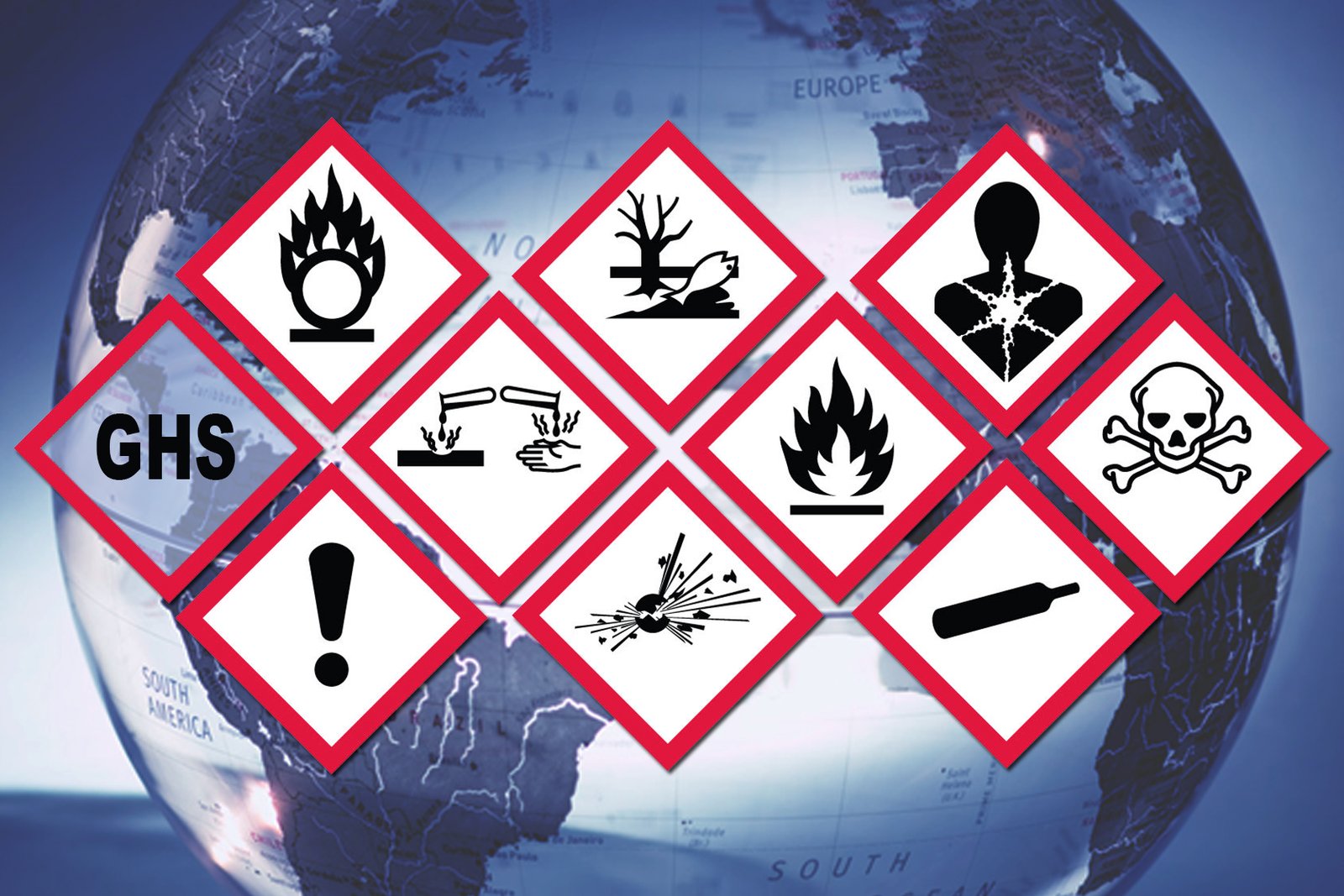Hazard identification, evaluation, and analysis is one of the most critical skills a safety professional must have and continuously develop.This skillset is your foundation when determining what personal protective equipment should be used for a job or a specific task.

Takeaway: Hazard identification and analysis is the foundation of PPE selection.
This directly involves:
- A complete documented hazard inventory for your organization
- An inventory and consistently documented set of task analyses and work procedures (or job documents/work instructions) for all the work done in your organization
- The application of hazard controls, including engineering controls and PPE
- The types of PPE that will protect the worker from harm
- The budgeting and costing for the financial line item of PPE, which includes, in my opinion, all of the “work” clothing used by workers in your care or supplied by the organization
- The Acts, Regulations, Standards, and Guidelines relating to employer and employee roles and responsibilities
- The Industry standards, best practices, and guidelines for PPE, like OSHA, ANSI, and CSA
- The education of all staff in respect to task analysis, procedures, and the use, inspection, care, and maintenance of PPE
- Purchasing, stocking, restocking, warehousing/distribution, and supply of PPE
No small subject. But it is basic enough that we can provide the following points on how to determine your PPE needs.
First, understand that PPE most often has two applications:
- PPE Used as Uniform: PPE can be worn as part of the company’s standard operating procedure – or, if you will, a “basic set” of PPE. For instance, on a construction site there might be a policy that everyone working must wear coveralls, hard hats, safety boots, and safety glasses. Why? Not because they are all performing tasks that require this type of protection, but because they are working on a site that a has hazards not controlled by other means. PPE can also be used to identify workers as part of a company group or a work team.
- Task- or Hazard-Specific PPE: Think of the PPE welders must use. It’s specific to the task of welding. They would be required to wear the “uniform” PPE but other employees won’t have to walk around with welding masks and welder’s gloves.
Both of these applications will be based on controlling identified and potential hazards. Both are also subject to the same due diligence in determining what PPE will be used.
According to Fundamentals of Industrial Hygiene, 6th Edition, the determination for PPE must follow the hierarchy of hazard controls, where hazard elimination or reduction is the critical component. These controls include engineering controls, such as a welders’ capture ventilation system. Those controls must be augmented by PPE, such as a personal respirator. Why? Because engineering controls can fail, become inefficient, or prove to be insufficient to protect against immediate injury.
(Learn about The Basic Types of Respirators – And How to Select the Right One for Your Workplace.)
The bottom line here is that you must perform a hazard assessment to accurately determine your PPE needs. All include the following steps, taken again from the 6th Edition of Fundamentals of Industrial Hygiene:
- Identify each step of the job
- Identify and quantify the hazard(s) that might be created during each step
- Determine how each hazard might affect the worker doing the task
- Determine whether each hazard might also affect other workers
- Determine if it is feasible to apply engineering controls to control the hazard
- Determine whether PPE is necessary (either because engineering controls are not feasible, or because in addition to engineering controls, PPE is still necessary to ensure sufficient protection)
These steps are the How to determining your PPE needs. Follow them. Document them. And be sure to use a standard format and retain your records for due diligence purposes.
Final Word
PPE selection is determined by a careful and consistent application of analysis techniques. When a determination is made to use PPE, it must be immediately followed by the selection of appropriate PPE. This means another set of steps to ensure that the PPE selected:
- Provides the required protection
- Does not restrict or impede a worker’s ability to do the task
- Does not create additional hazards
- Is comfortable to wear and use so the worker will actually use it



